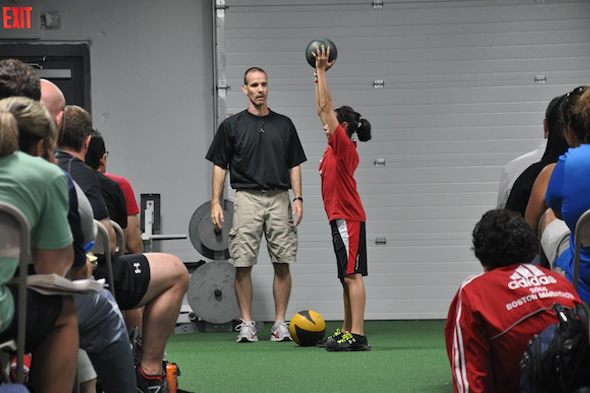If you want to know how much the mental side of quickness plays a role, then watch an athlete return from an ACL injury or an injury to their ankle. Every move they make is done with thought versus intent. Meaning, an athlete who isn’t worried about hurting themselves doesn’t think about the cutting or the deceleration plant. They simply think about the intent of the play. However, when they are coming off an injury they think about protecting themselves.
I often talk to athletes about not focusing on the deceleration aspect of the change of direction; I try to get them to focus on the acceleration portion of it. So, I’m trying to get them in and out of the plant as fast as possible. That’s quickness.
When I assess movement I watch closely for body lean angles that allow for great acceleration out of deceleration versus just looking at the deceleration itself. An athlete can look great in decelerating but that doesn’t mean the angle will translate into acceleration. The mental side of decelerating is getting athletes to think about accelerating out rather than slowing down going in. I have seen extremely quick changes in my athletes when this becomes the focus.
Train Smart!

